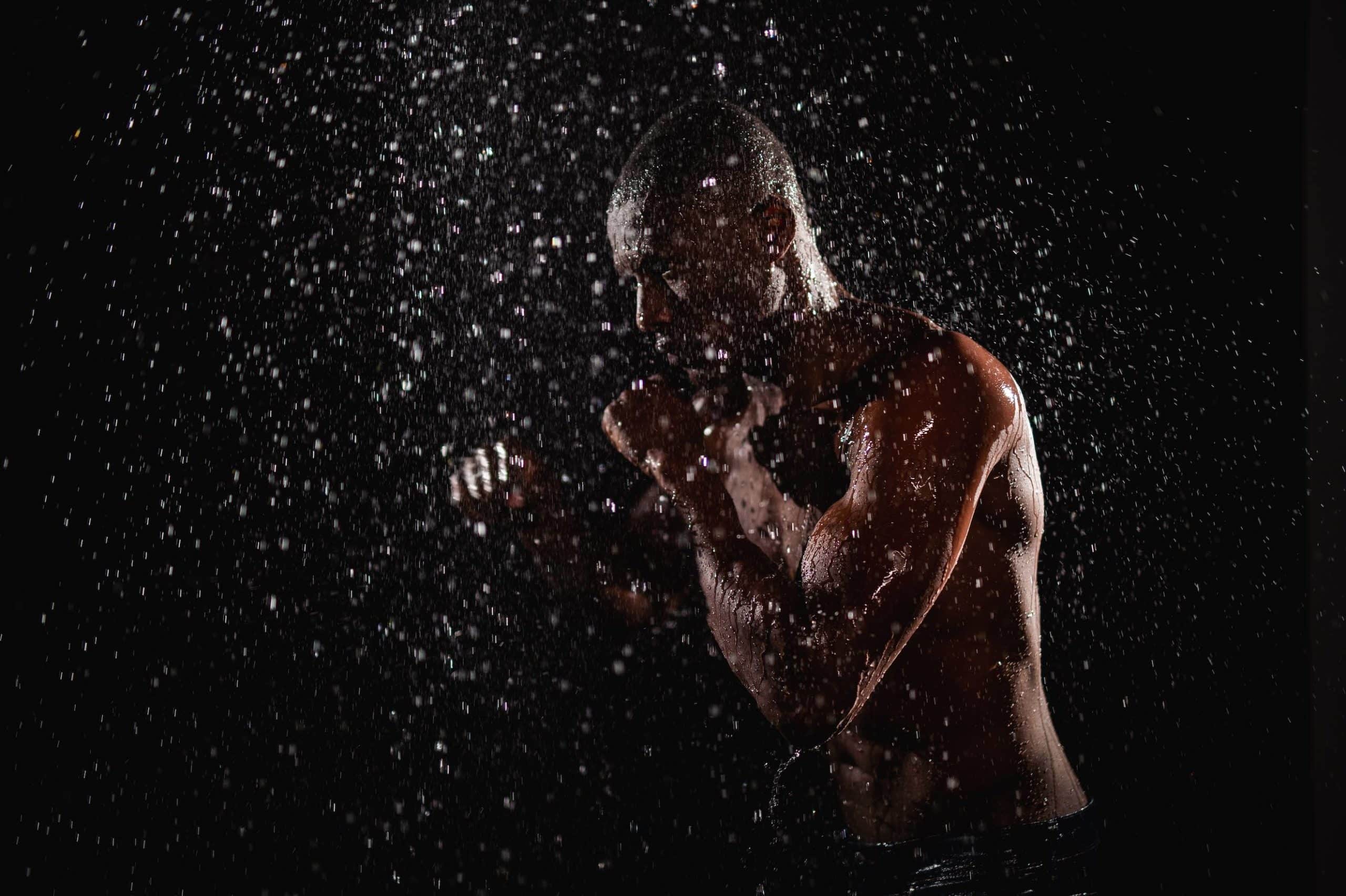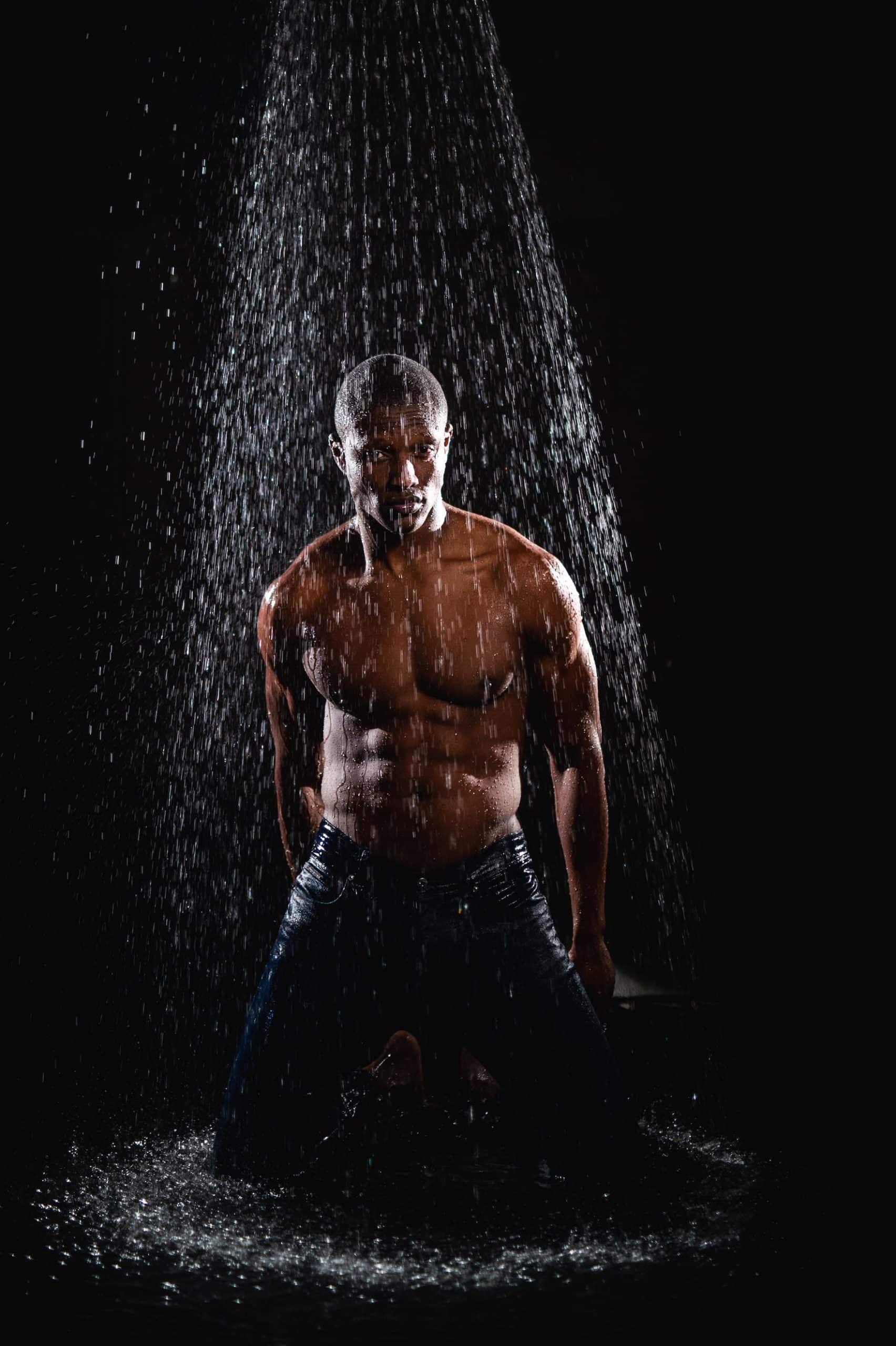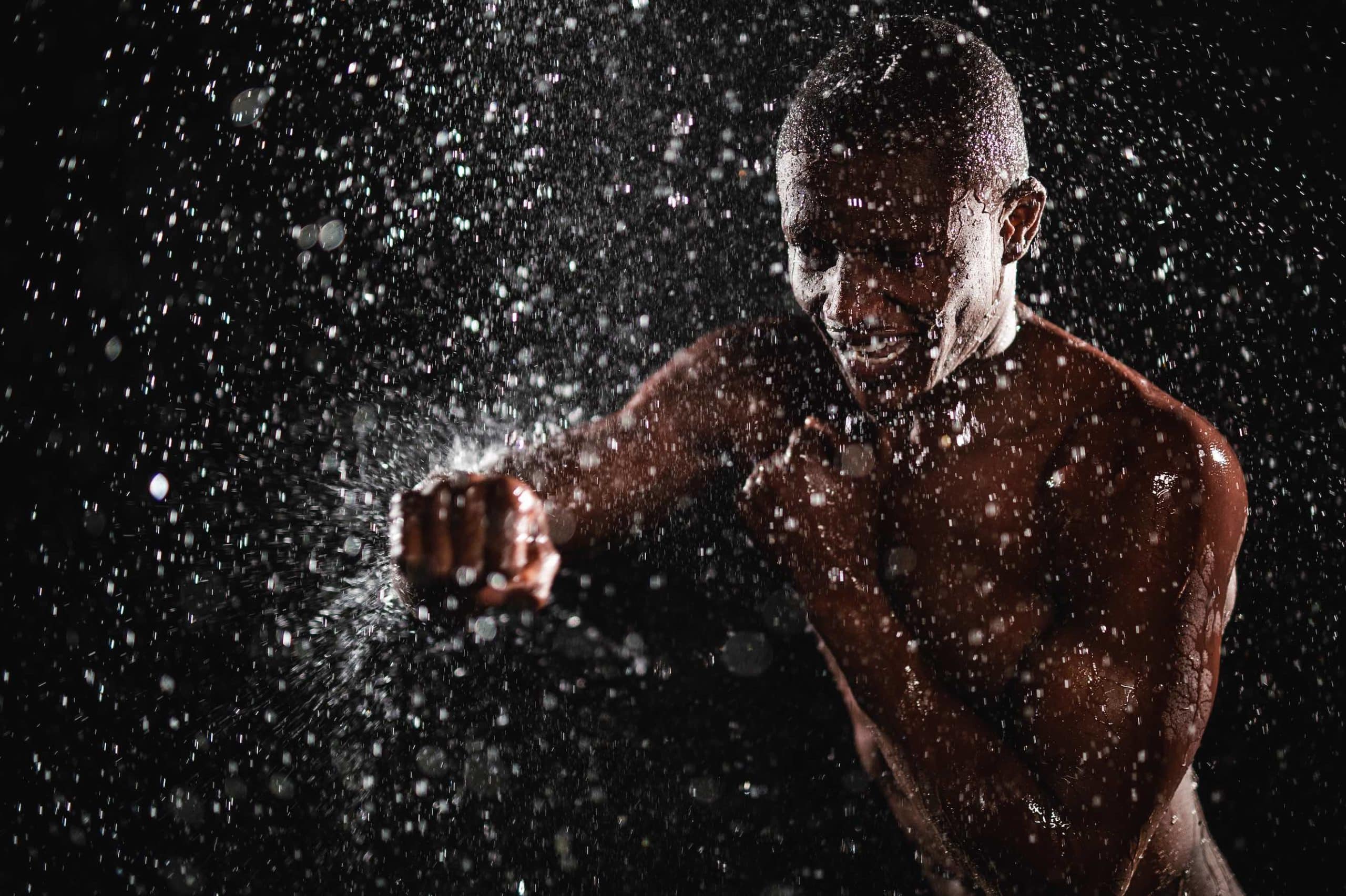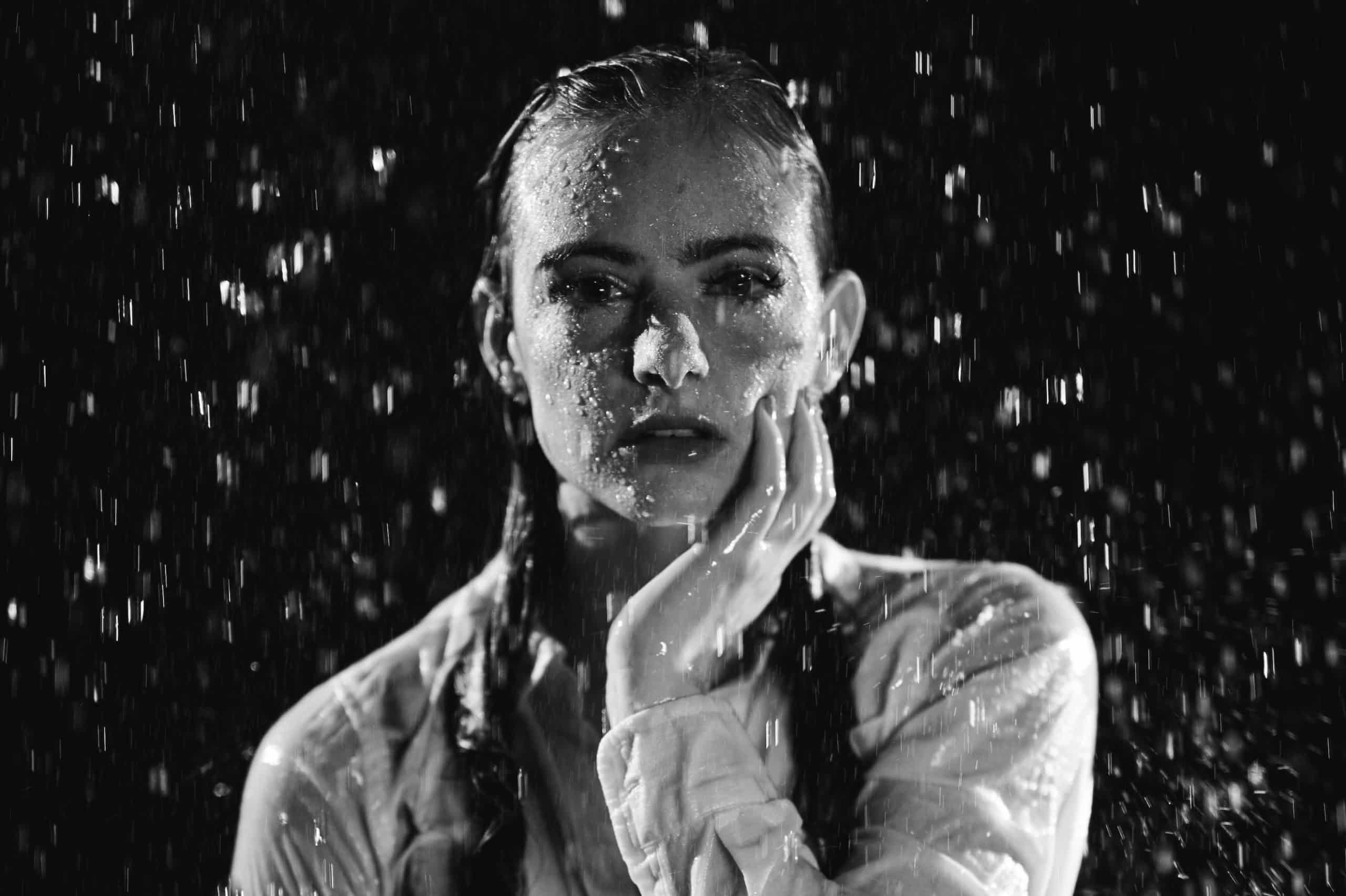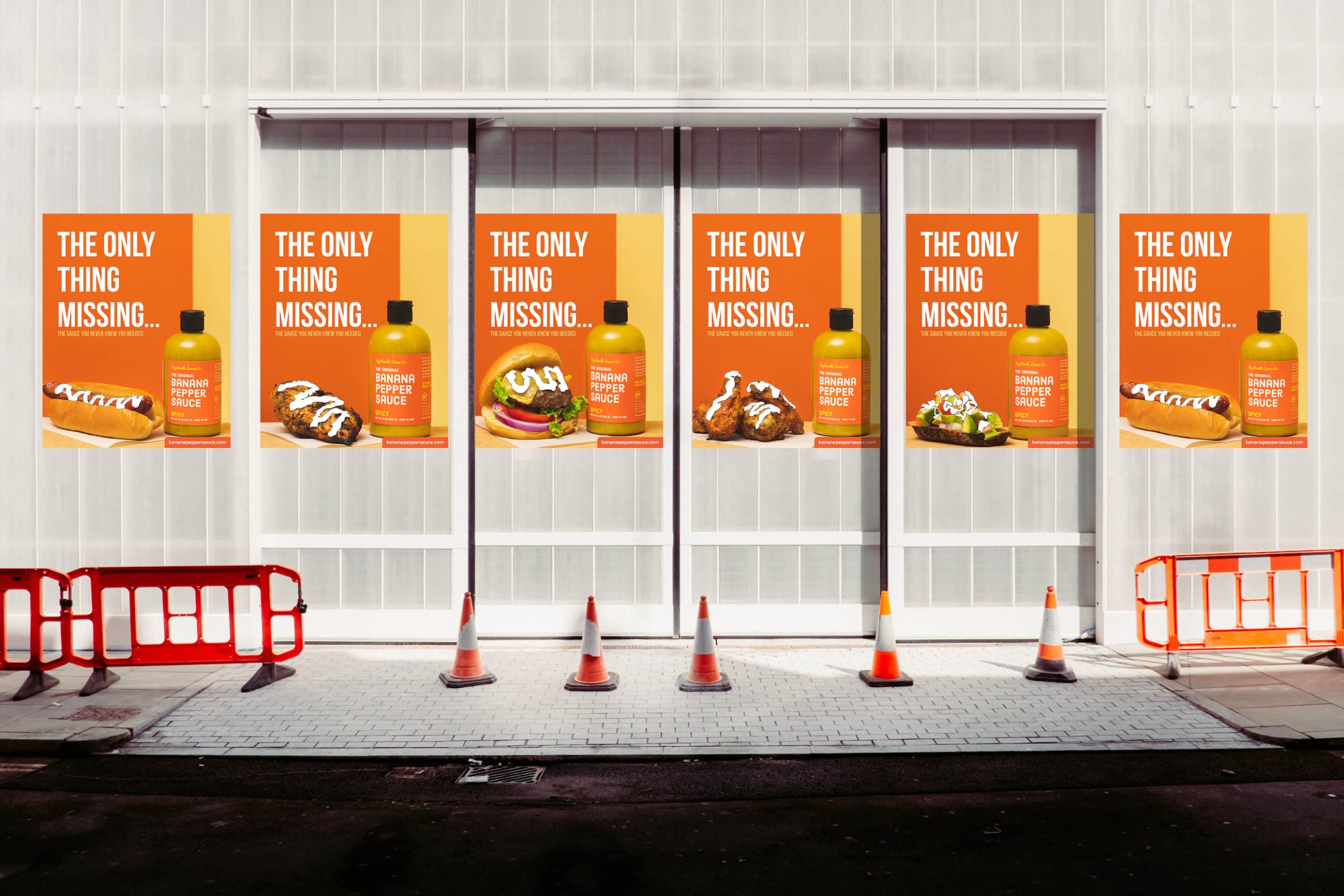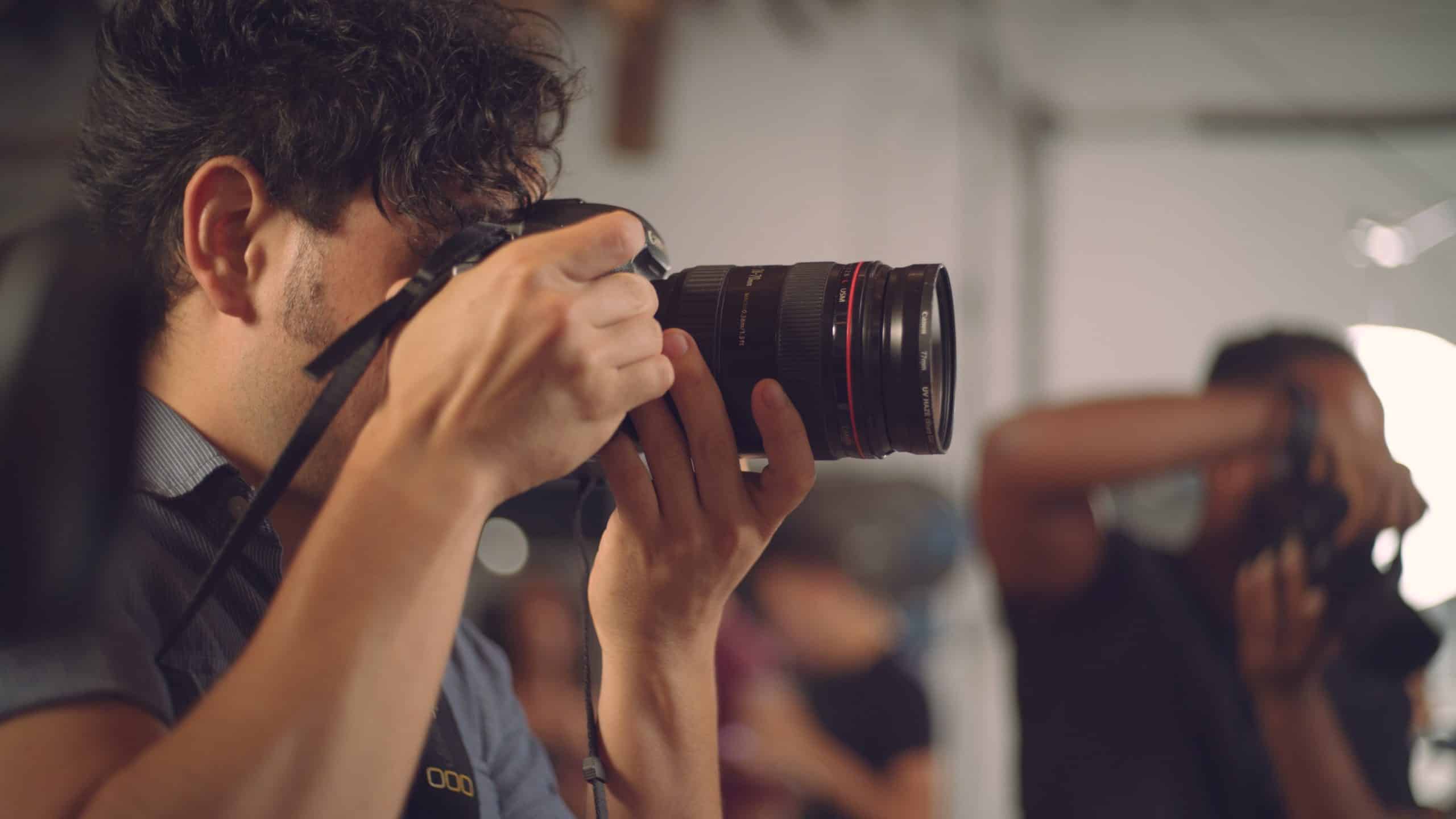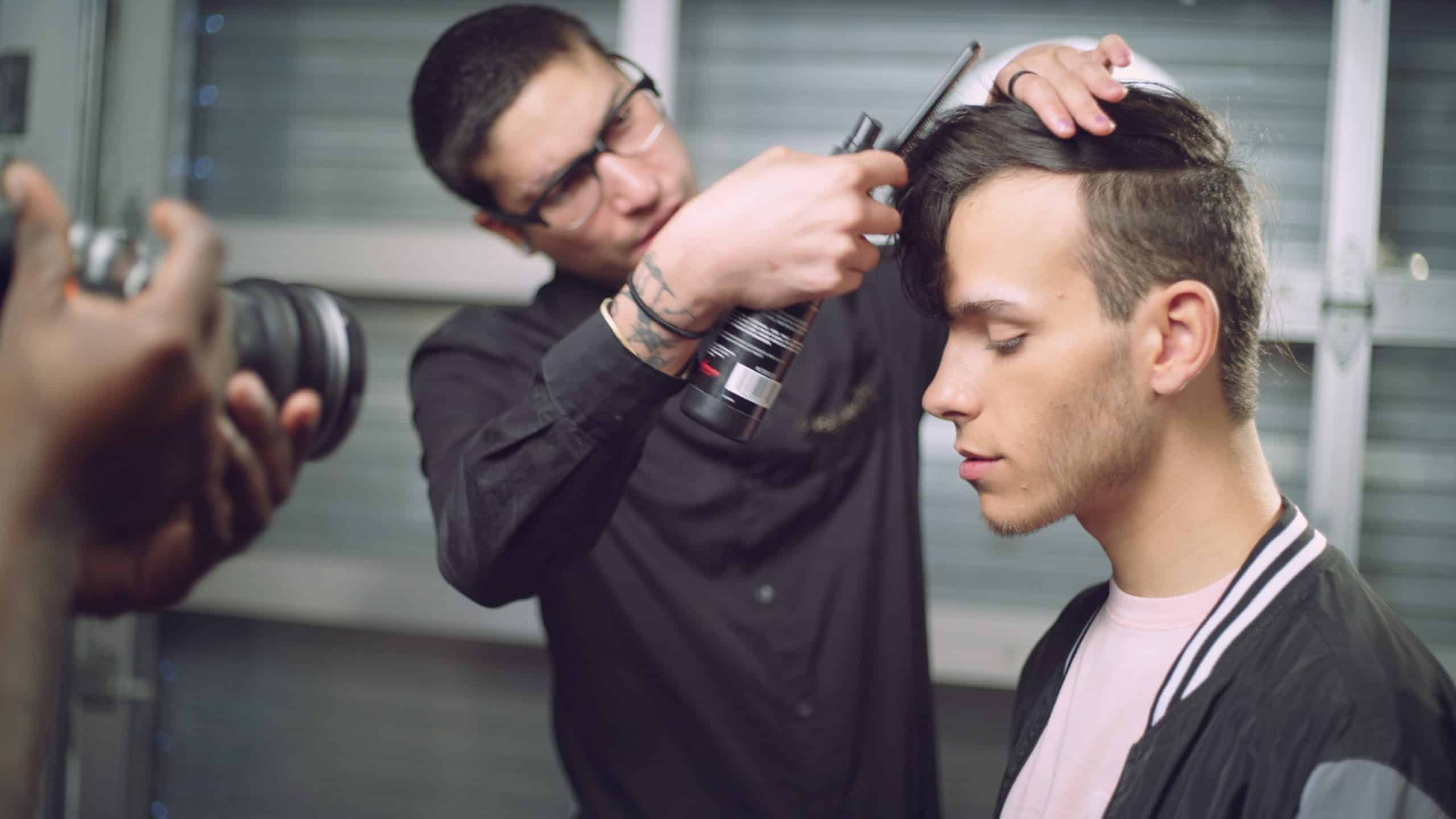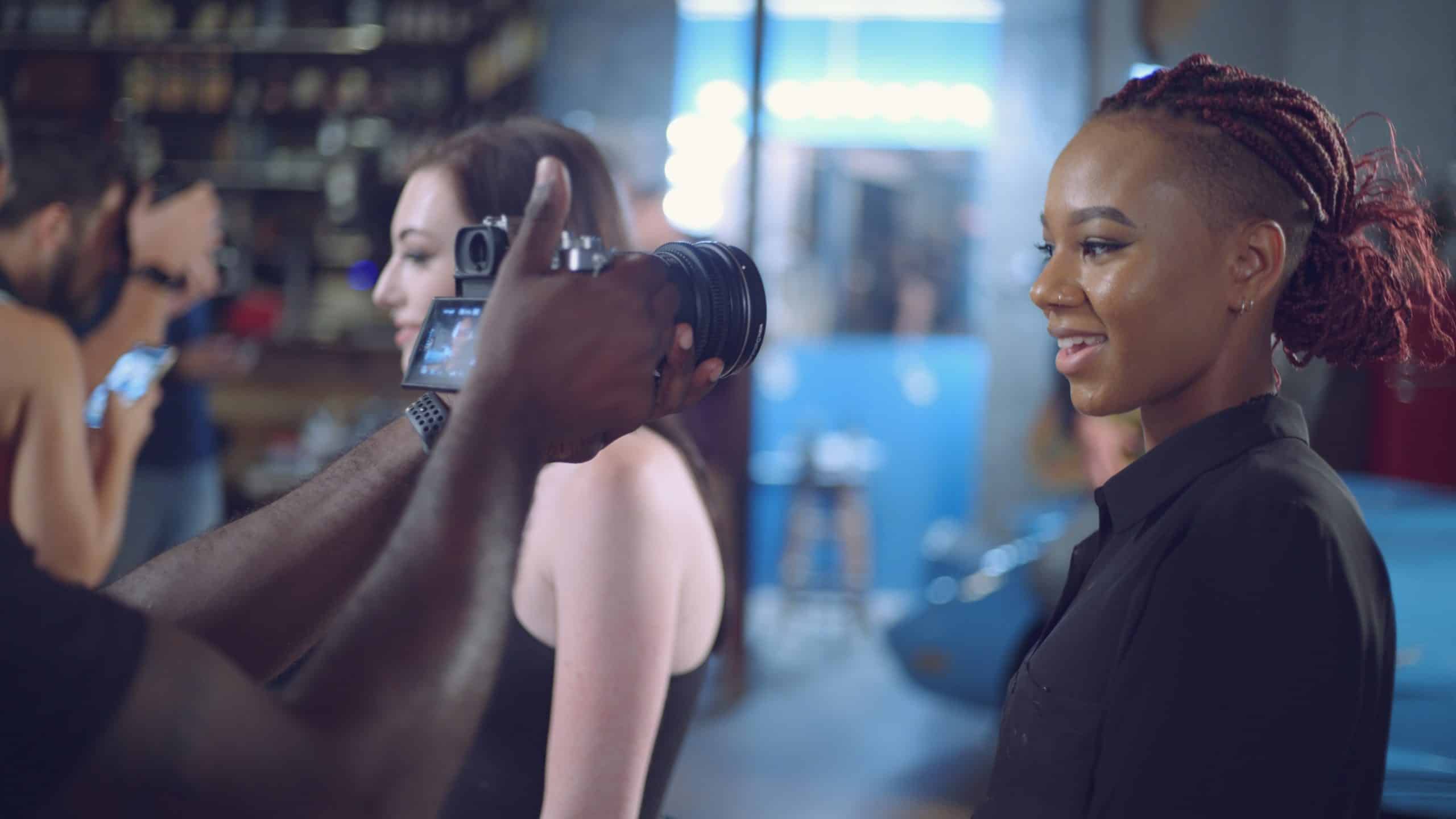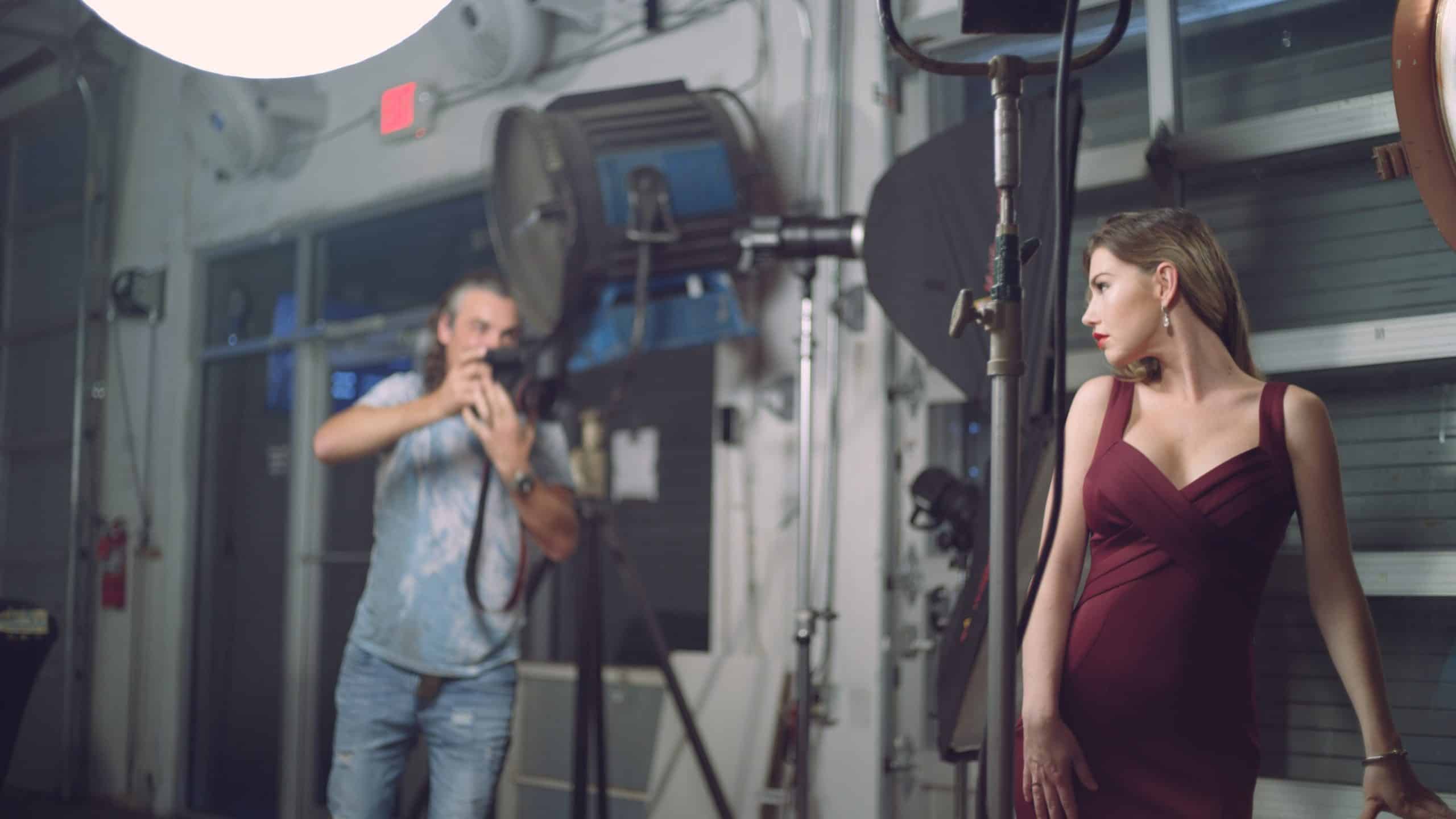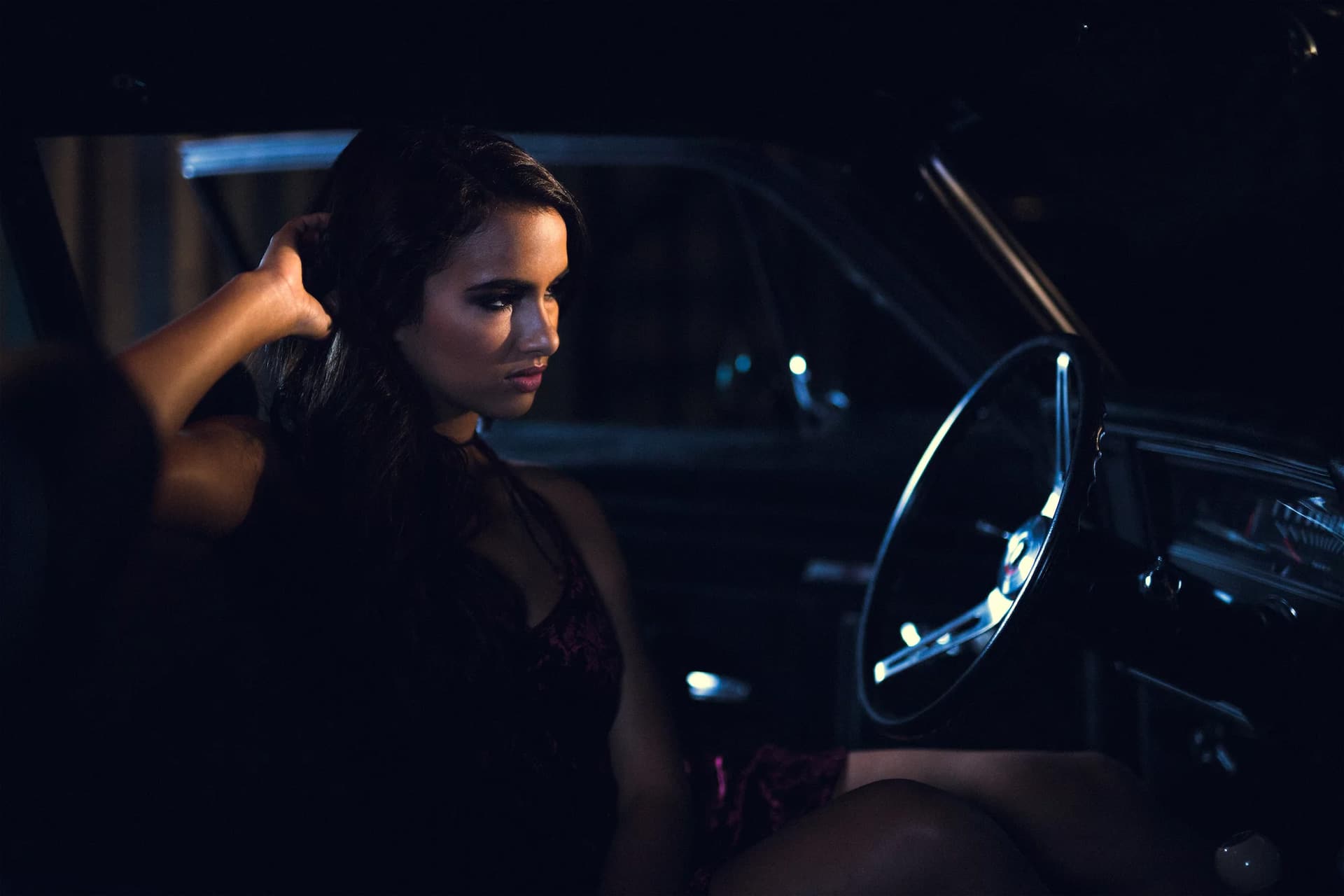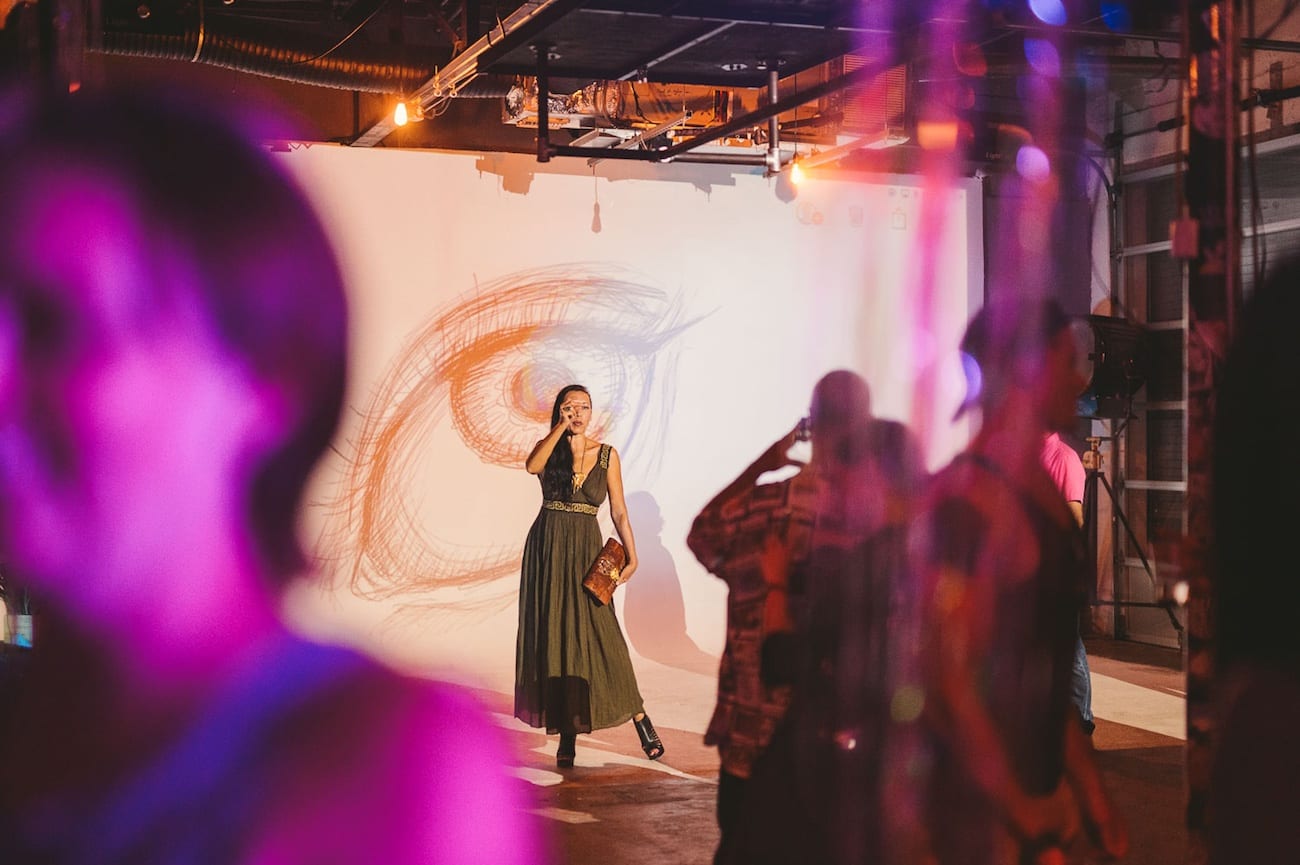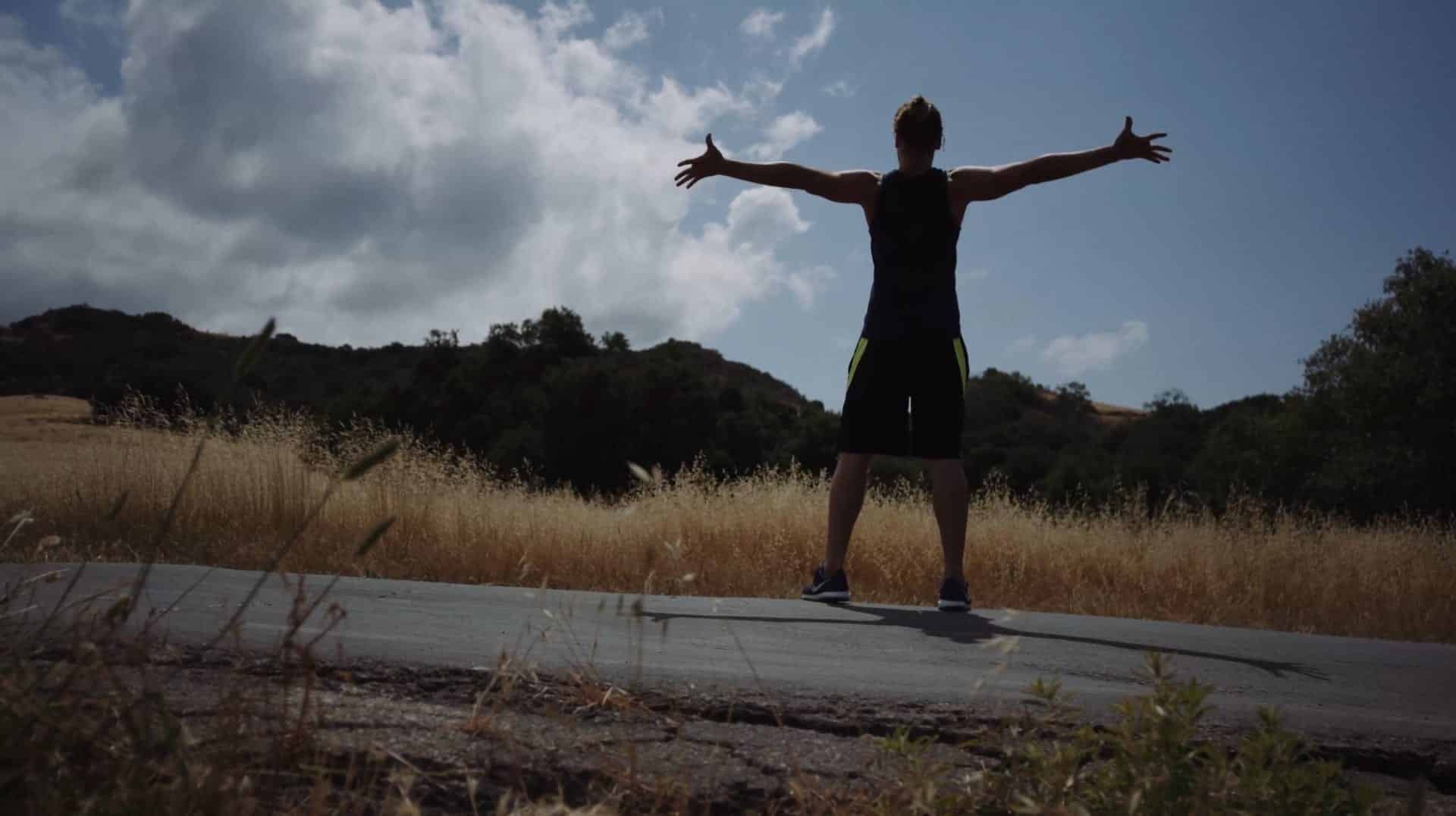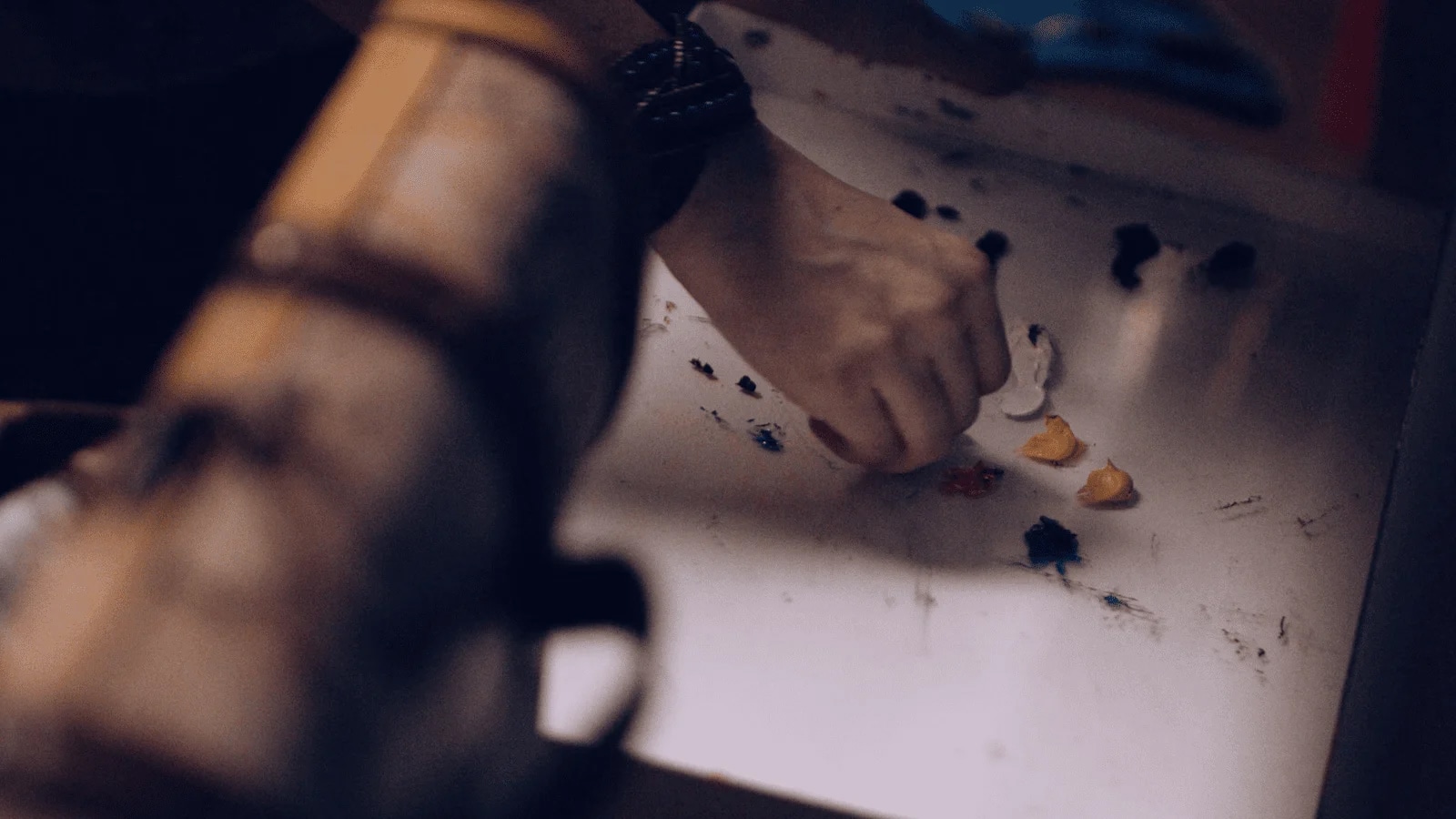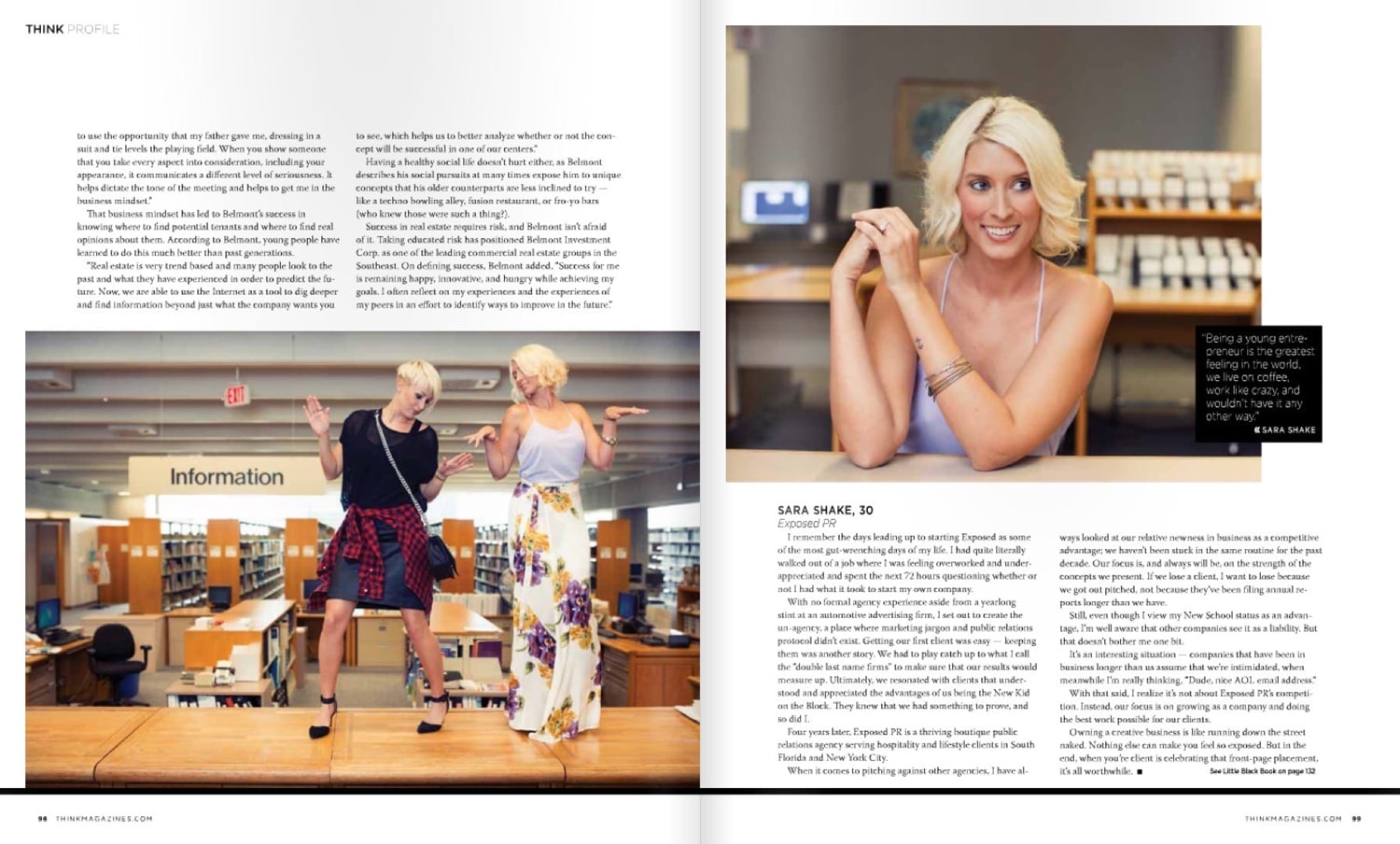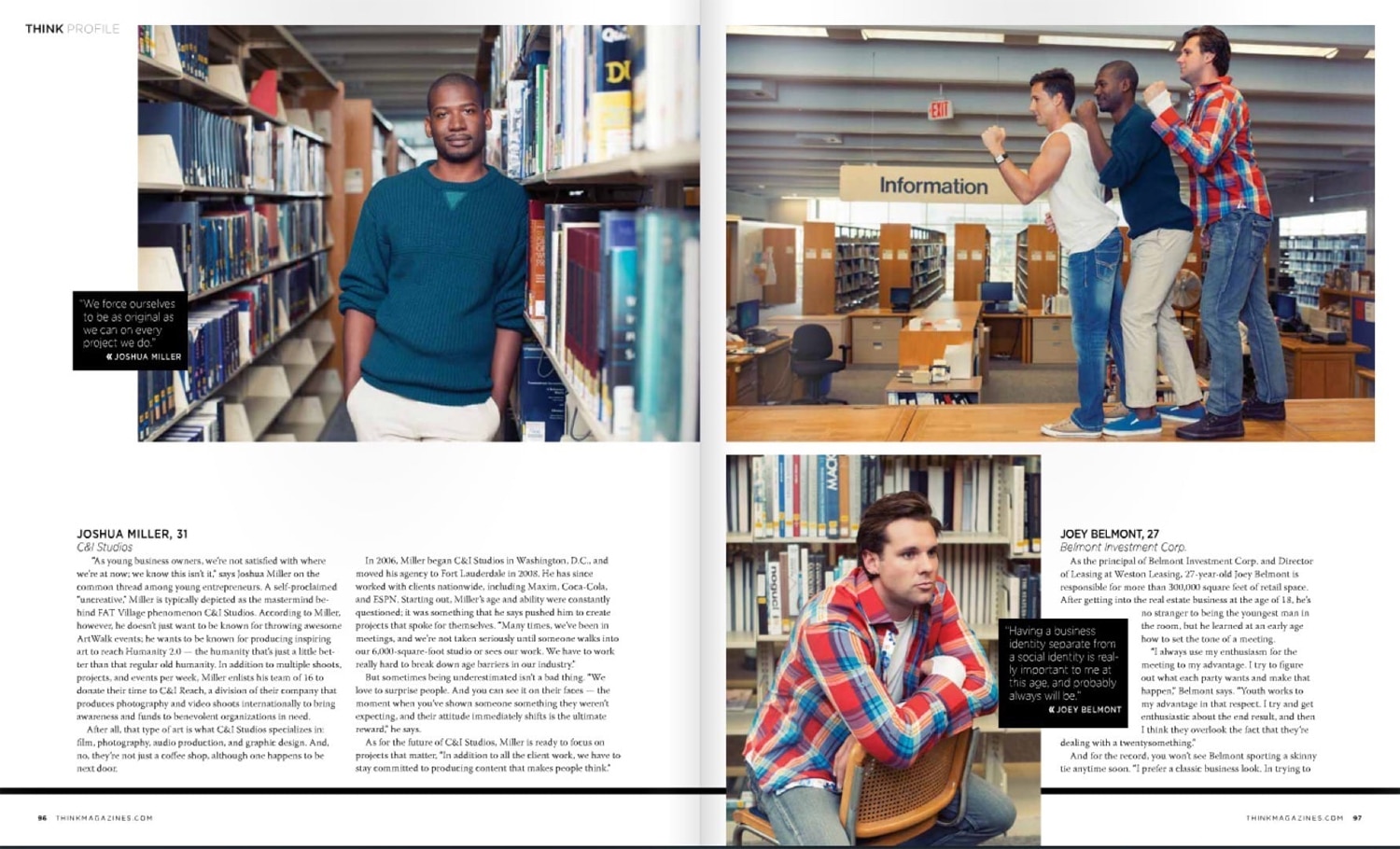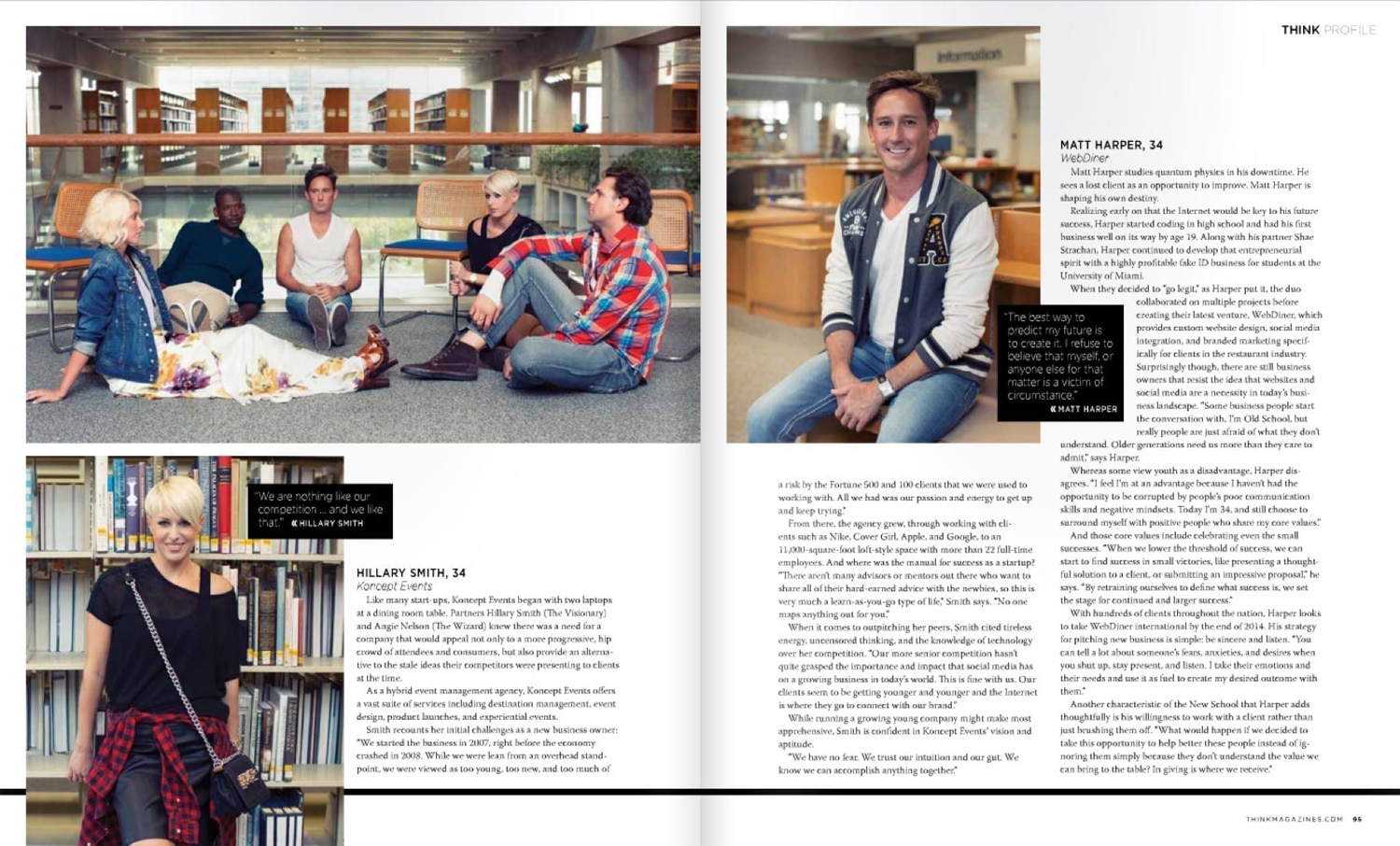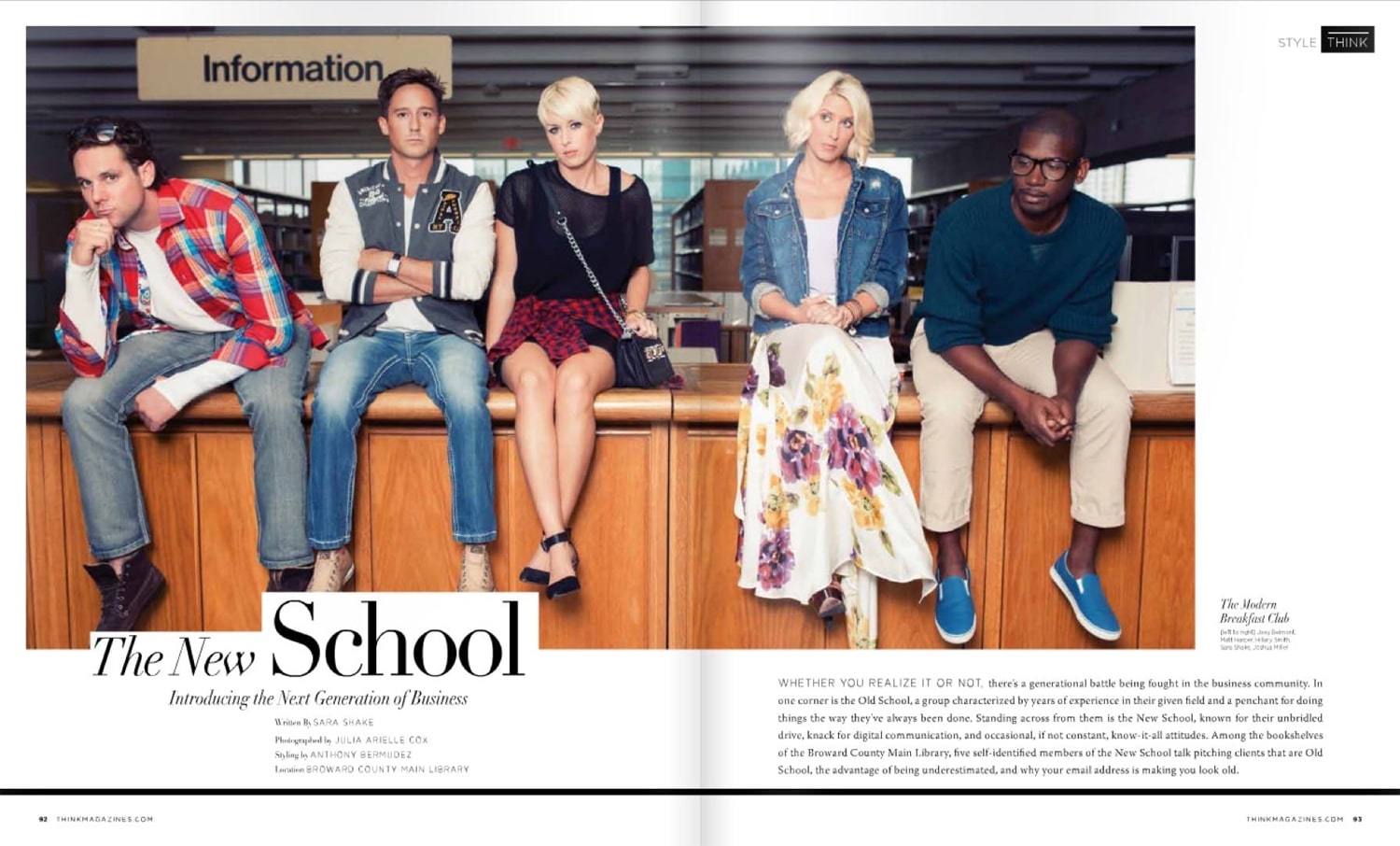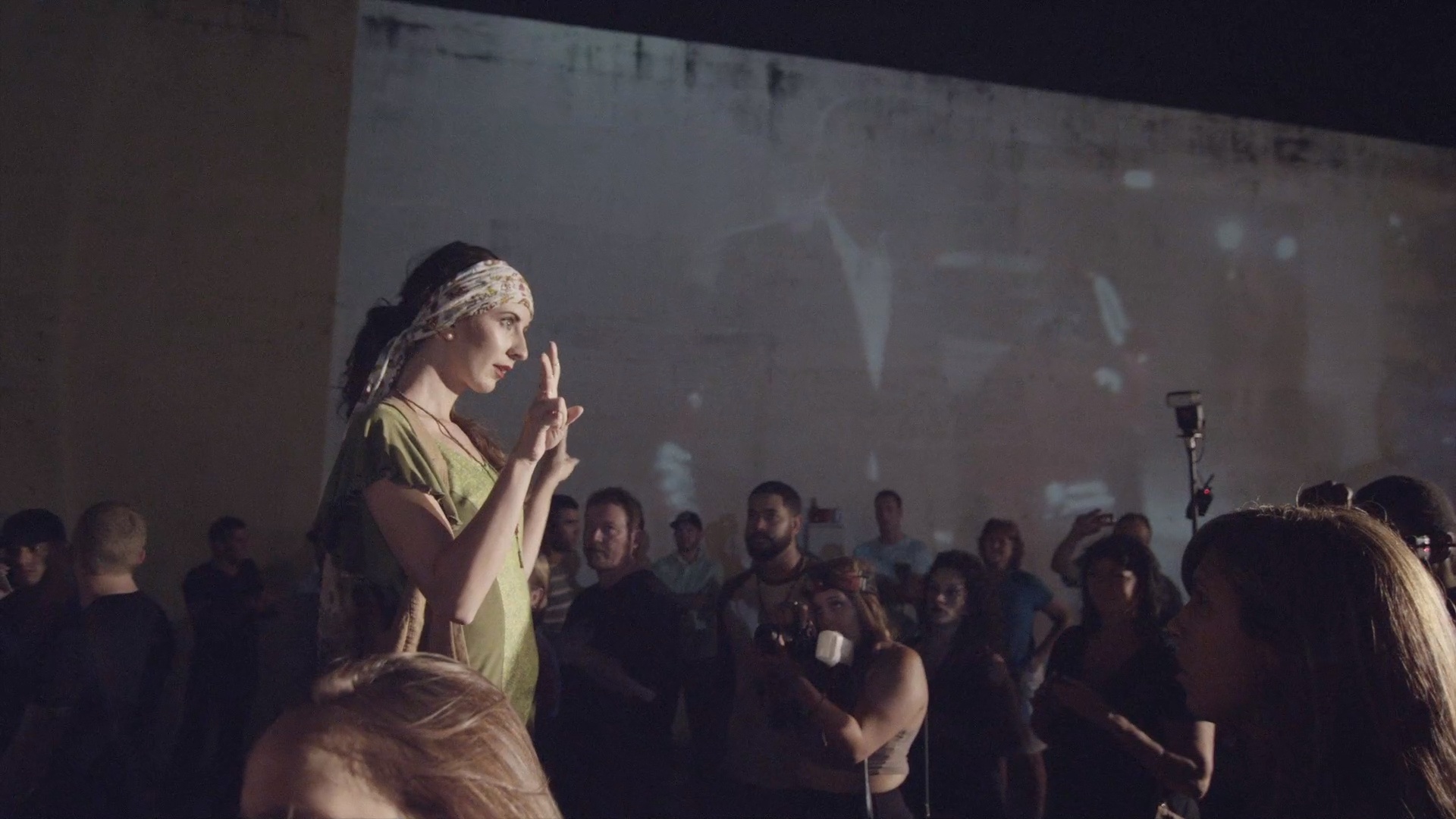Professional Studios Explained: Do Video Production Companies Provide Editing and Color Grading?
Clients often ask: Do video production companies provide editing and color grading? The answer today is clear: yes, but under certain models and with defined scope. A modern full-service studio not only films, but shapes the final visual narrative. That includes cuts, pacing, effects, and the mood-defining color grade.
Not all studios go this far; some stop at raw delivery. The difference lies in whether budget, technical infrastructure, and creative control are set up for post-production from the start. In this post, we break down what editing and color grading involve, how studios structure these services, and what you should expect when hiring professionals.
What Are “Editing” and “Color Grading”?
Before asking who handles them, understand what they are and why they matter.
- Editing is the craft of selecting, arranging, and refining footage — shaping story flow, cutting dead time, and integrating transitions.
- Color grading involves manipulating tone, contrast, hue, and saturation to deliver a unified visual aesthetic across the entire video.
At C&I Studios, post-production is integral. Their Video Production Services include both editing and color grading in their full-service offerings. C&I Studios
Color grading raises visual storytelling from functional to cinematic. In The Role of Color Grading in Film and TV Production, C&I explains how grading can match mood, unify scenes, and elevate brand identity. C&I Studios
How Studios Structure Edited + Graded Packages
Not all production firms do post in the same way. There are common models:
Full-Service Studios
They include editing and color grading from the start. You receive a finished master, ready to publish or distribute.
Modular Services
You can choose add-ons. Production handles filming; you or another team may take color grading, or pay extra for it.
Third-Party Outsourcing
Some production shops shoot and outsource post to specialist firms. You may see a severed workflow, but outcome depends on coordination.
Typical service bundles include:
- Rough cut → fine cut → final delivery
- LUT application and looks library
- Color matching across cameras
- Export to platform-specific formats
C&I provides remote editing as part of its post-production suite. C&I Studios
Why Color Grading is Non-Negotiable for Professional Output
Increasingly, audiences expect cinematic polish — even from short-form content. Raw footage without grading looks flat and inconsistent across devices.
- Grading ensures skin tones remain natural across shots.
- It unifies footage from multiple cameras and lighting setups.
- It allows stylized looks (warm, moody, desaturated) tied to brand identity.
C&I’s guide, A Step-by-Step Guide to Color Grading, describes how grading transforms visual tone intentionally. C&I Studios
Because of this, top-tier video production companies that provide editing and color grading include grading in quotes rather than as optional extras.
Technical Tools & Workflow (Editing + Grading)
The “how” matters almost as much as the “what.” A strong studio uses tools to preserve flexibility and consistency.
- Most use DaVinci Resolve as integrated editing + grading software. Wikipedia+1
- Editors and colorists operate in tandem using versioning and cache workflows.
- LUTs (look-up tables) are shared across edits to maintain visual unity.
- Grading monitors are calibrated to standards, ensuring accurate color reproduction across screens.
These technical foundations ensure that editing + color grading are not afterthoughts, but part of a unified pipeline.
How the Post-Production Pipeline Works
A professional studio’s post-production process is not guesswork — it’s a structured pipeline that balances art and engineering. When clients ask do video production companies provide editing and color grading, what they’re really asking is whether the studio has a disciplined system that can deliver broadcast-grade results.
Step 1: Ingest and Organization
Raw footage from multiple cameras is imported, backed up, and organized into bins labeled by scene, camera angle, or subject. This step prevents chaos during later stages and allows editors to start refining immediately.
Step 2: Rough Cut Assembly
Editors build a rough cut — the first full draft of the story. At this stage, the priority is structure, not polish. Transitions, placeholders, and pacing decisions are tested.
Step 3: Fine Cut
This is where creative judgment takes over. Audio is synced, timing is refined, B-roll is integrated, and cuts are smoothed. Fine cuts are usually reviewed collaboratively by both the studio’s creative director and the client.
Step 4: Color Grading Integration
Once the fine cut is locked, footage is sent to the colorist. Using software like DaVinci Resolve or Adobe Premiere Pro Lumetri, the colorist corrects exposure, balances skin tones, and applies creative LUTs. (Adobe Premiere Pro: Color Workflows)
Step 5: Final Mastering
Exported masters are formatted for distribution — 4K for YouTube, Rec.709 color space for digital, or HDR for cinematic projection. This is the “polished” version clients see and publish.
C&I Studios documents this process thoroughly in its Post-Production Services, where every step is tied to ROI — from timeline optimization to delivery strategy.
The Collaboration Between Editor and Colorist
Editing and color grading are distinct disciplines, but in high-end studios they work symbiotically.
Shared Visual Language
Editors prioritize rhythm and pacing, while colorists focus on emotional tone. When they collaborate, transitions feel seamless, and the visual style strengthens storytelling.
Cross-Feedback Loops
Studios like C&I Studios promote what they call “creative cross-feedback.” An editor might note that a certain scene feels cold or lifeless; the colorist adjusts tones to evoke warmth or energy. Conversely, if a graded clip looks too stylized, the editor adjusts shot order for balance.
Unified Workflow Tools
Shared storage systems and grading plug-ins ensure that both departments access the same source files. Tools such as Frame.io streamline client feedback loops without breaking workflow continuity. (Frame.io Review and Workflow Guide – HubSpot)
Why Clients Should Demand Integrated Editing and Grading
When clients outsource filming to one vendor and post-production to another, miscommunication becomes inevitable. Color balance shifts, pacing mismatches appear, and deadlines stretch unnecessarily.
Efficiency and Cost Reduction
Integrated studios save time and cost by handling every step under one roof. Instead of paying for two separate teams to exchange files, clients deal with a single creative direction from start to finish.
Creative Continuity
From the first storyboard to final export, the same visual philosophy carries through. The team that films the footage already knows the lighting profile, tone, and brand mood — making grading decisions more intuitive.
Technical Consistency
Color grading depends heavily on metadata and camera settings. When production and post happen in-house, no metadata is lost, and exposure calibration remains consistent across projects.
C&I’s Film Production Studio page highlights this advantage — every project, whether short-form or cinematic, follows a single creative ecosystem from shoot to finish.
Cost Breakdown: What You’re Actually Paying For
When evaluating video production companies that provide editing and color grading, pricing varies based on scope, timeline, and complexity.
Typical Pricing Structure
A general framework for post-production cost includes:
- Editing labor: $75–$150/hour depending on experience and region
- Color grading: $100–$300/hour for advanced grading suites
- Software and licenses: Subscription tools like Adobe Creative Cloud or DaVinci Resolve Studio
- Revisions: Additional costs per feedback round
- Output formatting: Different delivery formats for web, broadcast, or OTT
Value, Not Just Expense
A common misconception is that editing and grading are just “final touches.” In truth, these steps determine whether the audience perceives a project as professional or amateur. The investment you make in post-production often dictates brand perception for months — or even years.
Common Misconceptions About Post-Production
“Editing is Just Cutting Footage”
In reality, editing is cinematic storytelling. Editors design narrative arcs, emotional beats, and rhythm. A skilled editor influences how long a viewer stays engaged.
“Color Grading Only Changes Aesthetic”
Color influences psychology. For example:
- Warm hues foster empathy and trust.
- Cool tones convey analytical or futuristic vibes.
- Desaturation evokes realism and restraint.
That’s why studios emphasize color as both technical and narrative art.
For deeper insight, see Adobe’s Color Correction vs. Color Grading Guide — an industry reference for balancing creative intent and visual precision.
How Color Grading Enhances Brand Identity
Every brand communicates visually before it communicates verbally. Grading defines that identity.
- Luxury brands lean toward neutral palettes and low contrast.
- Tech companies prefer clean, cool tones that signal innovation.
- Lifestyle brands favor warmth and saturation for emotional relatability.
Building Visual Memory
When audiences repeatedly see consistent tones, their brains start linking color schemes to your brand subconsciously. This is how companies like Apple or Nike maintain recognizable visual DNA across all content formats.
The Cinematic Standard for Short-Form Content
Even Instagram reels and TikTok campaigns now benefit from professional grading. Users may not consciously notice color work, but they instantly feel quality when it’s present.
C&I’s creative directors apply the same grading logic from cinematic commercials to digital shorts — visible through their Video Production Services framework.
Post-Production Timelines and Client Expectations
Studios build their timelines around creative complexity, but transparency is key.
H3: Standard Turnaround Benchmarks
- Short-form social content (15–60 sec): 3–5 business days
- Corporate promos (1–3 min): 1–2 weeks
- Cinematic campaigns (5–10 min): 2–4 weeks, including multiple review rounds
Revisions and Communication
Professional teams rely on structured feedback cycles. Each review stage includes visual references, test grades, and watermark proofs. Clients should expect a minimum of two revision rounds before final export.
External vs. In-House Post Teams: Which Is Better?
This decision depends on scale, speed, and creative control.
When to Go In-House
- You produce frequent social content and want quick edits.
- You have brand guidelines already established.
- You prefer lower cost over cinematic depth.
When to Choose a Studio
- You need storytelling aligned with brand psychology.
- You want unified production + post pipeline.
- You value visual consistency across campaigns.
Full-service studios like C&I Studios merge creative direction, filming, and post-production within one ecosystem — ensuring long-term content consistency and efficiency.
Technology That’s Changing Editing and Color Grading
The line between manual craft and automation is blurring fast.
AI-Assisted Workflows
AI tools automate tedious steps like shot detection, audio syncing, and scene transitions. This allows editors to focus on creative decisions rather than technical chores.
Examples include:
- DaVinci Resolve Neural Engine: auto-matching color tones across scenes.
- Premiere Pro’s Auto Reframe: adjusts aspect ratios for TikTok, YouTube, and Instagram simultaneously.
- Runway ML: generating background replacements for social videos. (Runway ML Official Site)
Collaborative Cloud Editing
Studios use shared cloud environments to collaborate across geographies. Editors, colorists, and clients can access synchronized project files in real time. This has drastically reduced delivery timelines for global productions.
Evaluating a Studio Before You Hire
Choosing the right partner is as much about process as price.
H3: Checklist for Selecting the Right Studio
- Review their portfolio for consistent tone across projects.
- Ask how they manage color pipelines and monitor calibration.
- Confirm they use professional-grade software and hardware.
- Ensure they offer revision policies and transparent communication.
For a benchmark, review C&I’s Creative Development service page, which details how creative oversight extends from production through post to ensure brand cohesion.
Measuring ROI on Editing and Color Grading
Return on investment from editing and grading can be both tangible and intangible.
Tangible Metrics
- Engagement: Average view duration and retention curve
- Conversion: Click-throughs from video CTAs
- Visibility: SEO ranking and platform recommendations
Intangible Impact
- Elevated brand perception
- Consistent audience trust
- Longer content lifespan through repurposing
Well-graded videos stay reusable for years across campaigns, increasing lifetime value of each project.
The Future of Post-Production Services
The future of editing and grading isn’t about more tools; it’s about smarter integration.
Studios are blending automation, color science, and brand psychology into unified workflows.
Every visual choice — from tone curves to vignette intensity — ties back to the client’s communication goals.
This shift means post-production isn’t a cost center anymore, but a performance driver that directly influences marketing outcomes.
The Answer Is Yes — But Choose Wisely
So, do video production companies provide editing and color grading? Yes — but not all do it well. The best studios don’t just “add polish”; they define the creative language of your brand through post-production excellence.
When you partner with a professional studio like C&I Studios, you’re not hiring technicians; you’re hiring storytellers who sculpt mood, rhythm, and emotion frame by frame.
![Crew Call: The Tattoo Project [Luke Adams] 1 White Crew Call logo for Fort Lauderdale Event](https://c-istudios.com/wp-content/uploads/2019/05/cis-post-crew-call-creative-talent-event-white-logo.png)
![Crew Call: The Tattoo Project [Luke Adams] 2 video](https://c-istudios.com/wp-content/uploads/2020/04/fvp-post-crew-call-the-tattoo-project-with-luke-adams.jpg)
![Crew Call: The Tattoo Project [Luke Adams] 3 Luke Adams with beard and tattoos wearing a black tank top posing for the camera in semi darkness](https://c-istudios.com/wp-content/uploads/2020/04/cis-post-crew-call-the-tattoo-project-with-luke-adams.jpg)
![Crew Call: The Tattoo Project [Luke Adams] 4 Black and white closeup of tattooed arms and chest](https://c-istudios.com/wp-content/uploads/2020/04/cis-post-crew-call-the-tattoo-project-with-luke-adams2.jpg)
![Crew Call: The Tattoo Project [Luke Adams] 5 Black and white side profile of Luke Adams tattooed man with hands over his face and eyes closed](https://c-istudios.com/wp-content/uploads/2020/04/cis-post-crew-call-the-tattoo-project-with-luke-adams3.jpg)
![Crew Call: The Tattoo Project [Luke Adams] 6 Closeup of tattoos on chest and shoulders](https://c-istudios.com/wp-content/uploads/2020/04/cis-post-crew-call-the-tattoo-project-with-luke-adams4.jpg)
![Crew Call: The Tattoo Project [Luke Adams] 7 Tattooed man Luke Adams with long curly hair and beard posing in semidarkness looking off to the side](https://c-istudios.com/wp-content/uploads/2020/04/cis-post-crew-call-the-tattoo-project-with-luke-adams5.jpg)
![Crew Call: The Tattoo Project [Luke Adams] 8 Black and white view looking up at bearded artist Luke Adams with tattoos looking down](https://c-istudios.com/wp-content/uploads/2020/04/cis-post-crew-call-the-tattoo-project-with-luke-adams6.jpg)
![Crew Call: The Tattoo Project [Luke Adams] 9 Luke Adams with beard and tattoos posing for the camera looking off to the side](https://c-istudios.com/wp-content/uploads/2020/04/cis-post-crew-call-the-tattoo-project-with-luke-adams7.jpeg)
![Crew Call: The Tattoo Project [Luke Adams] 10 Black and white of bearded tattooed artist Luke Adams wearing jeans surrounded by lighting](https://c-istudios.com/wp-content/uploads/2020/04/cis-post-crew-call-the-tattoo-project-with-luke-adams8.jpg)
![Crew Call: The Tattoo Project [Luke Adams] 11 Luke Adams with beard and tattoos wearing a black tank top posing for the camera in semi darkness looking off to the side](https://c-istudios.com/wp-content/uploads/2020/04/cis-services-page-professional-photography24.jpg)
![Crew Call: The Tattoo Project [Luke Adams] 12 Female crew member in background with hands in the air smiling](https://c-istudios.com/wp-content/uploads/2020/04/cis-post-crew-call-the-tattoo-project-with-luke-adams9.jpg)
![Crew Call: The Tattoo Project [Jaquelyn Puma] 14 video](https://c-istudios.com/wp-content/uploads/2025/11/cis-post-crew-call-the-tattoo-project8.jpg)
![Crew Call: The Tattoo Project [Jaquelyn Puma] 15 Black and white side profile of a tattooed woman Jaquelyn Puma with long hair wearing a bathing suit](https://c-istudios.com/wp-content/uploads/2020/03/cis-post-crew-call-the-tattoo-project10.jpg)
![Crew Call: The Tattoo Project [Jaquelyn Puma] 16 Black and white side profile headshot of a tattooed woman Jaquelyn Puma with long hair](https://c-istudios.com/wp-content/uploads/2020/03/cis-post-crew-call-the-tattoo-project11.jpg)
![Crew Call: The Tattoo Project [Jaquelyn Puma] 17 Black and white headshot of a tattooed woman Jaquelyn Puma with long hair looking down](https://c-istudios.com/wp-content/uploads/2020/03/cis-post-crew-call-the-tattoo-project12.jpg)
![Crew Call: The Tattoo Project [Jaquelyn Puma] 18 Black and white side profile headshot of a tattooed woman Jaquelyn Puma with long hair looking down](https://c-istudios.com/wp-content/uploads/2020/03/cis-post-crew-call-the-tattoo-project13.jpg)
![Crew Call: The Tattoo Project [Jaquelyn Puma] 19 Black and white side profile of a tattooed woman Jaquelyn Puma with long hair](https://c-istudios.com/wp-content/uploads/2020/03/cis-post-crew-call-the-tattoo-project17.jpg)
![Crew Call: The Tattoo Project [Jaquelyn Puma] 20 Black and white side profile of model with tattoos posing for camera](https://c-istudios.com/wp-content/uploads/2020/03/post-crew-call-the-tattoo-project14.jpg)
![Crew Call: The Tattoo Project [Jaquelyn Puma] Crew Call: The Tattoo Project [Jaquelyn Puma] 1](http://c-istudios.com/wp-content/plugins/revslider/sr6/assets/assets/dummy.png)
![Crew Call: The Tattoo Project [Jaquelyn Puma] 21 Black and white view from behind of tattooed woman Jaquelyn Puma wearing bikini and thong sitting on a wooden box under lights](https://c-istudios.com/wp-content/uploads/2020/03/cis-post-crew-call-the-tattoo-project.jpg)
![Crew Call: The Tattoo Project [Jaquelyn Puma] 22 Side profile of tattooed woman Jaquelyn Puma with long hair wearing beige top](https://c-istudios.com/wp-content/uploads/2020/03/cis-post-crew-call-the-tattoo-project2.jpg)
![Crew Call: The Tattoo Project [Jaquelyn Puma] 23 Black and white view of tattooed woman Jaquelyn Puma wearing bikini and thong under lights](https://c-istudios.com/wp-content/uploads/2020/03/cis-post-crew-call-the-tattoo-project3.jpg)
![Crew Call: The Tattoo Project [Jaquelyn Puma] 24 Black and white side profile of tattooed woman Jaquelyn Puma in in black top and shorts under lights sitting on a wooden box](https://c-istudios.com/wp-content/uploads/2020/03/cis-post-crew-call-the-tattoo-project4.jpg)
![Crew Call: The Tattoo Project [Jaquelyn Puma] 25 Tattooed woman Jaquelyn Puma sitting on a wooden box under lights](https://c-istudios.com/wp-content/uploads/2020/03/cis-post-crew-call-the-tattoo-project5.jpg)
![Crew Call: The Tattoo Project [Jaquelyn Puma] 26 Side profile of tattooed woman Jaquelyn Puma in black bathing suit](https://c-istudios.com/wp-content/uploads/2020/03/cis-post-crew-call-the-tattoo-project6.jpg)
![Crew Call: The Tattoo Project [Jaquelyn Puma] 27 Black and white side profile of Jaquelyn Puma with long hair looking down](https://c-istudios.com/wp-content/uploads/2020/03/cis-post-crew-call-the-tattoo-project7.jpg)





